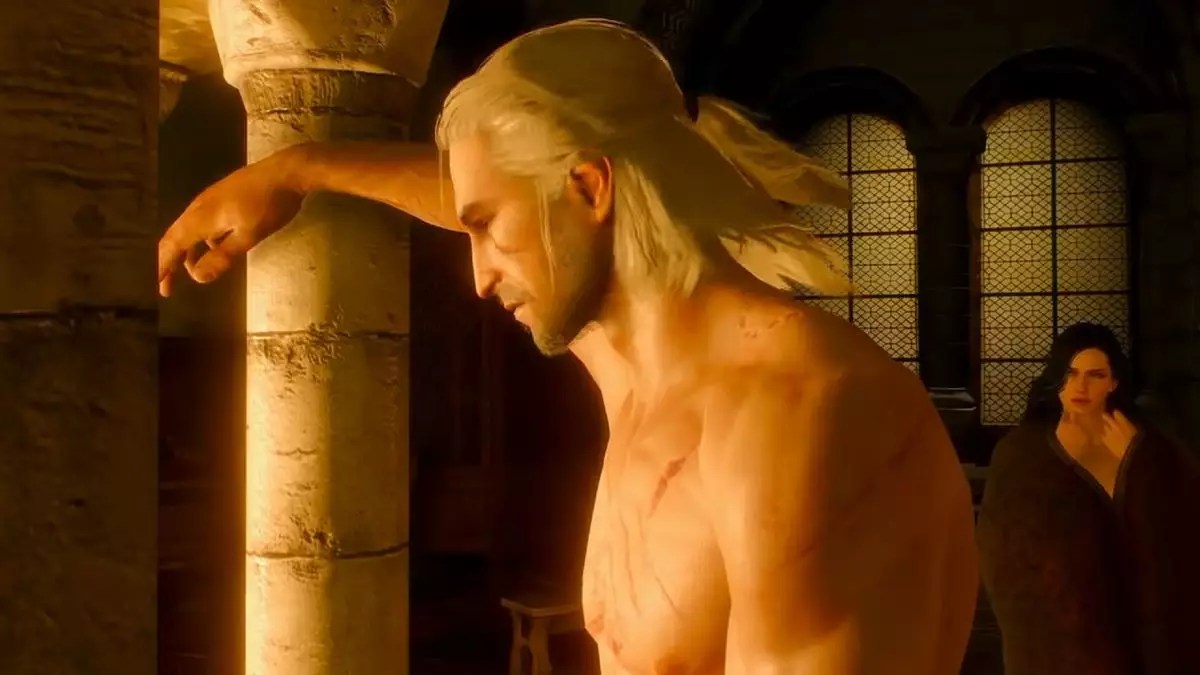In the realm of RPGs, the challenge of uniting expansive narratives with open-world gameplay is no small feat. Mateusz Tomaszkiewicz, the former lead quest designer for the critically acclaimed game The Witcher 3, recently opened up about his design philosophies and his latest venture—a dark fantasy RPG titled Blood of Dawnwalker, developed by Rebel Wolves. Tomaszkiewicz’s insights delve into the intricate balancing act that developers must perform when introducing complex storytelling within a sandbox environment.
Tomaszkiewicz expressed apprehensions faced by CD Projekt Red (CDPR) during the early stages of The Witcher 3’s development; they were concerned that the elaborate narrative, typically seen in linear games, might not resonate in an expansive world. This sentiment reflects a broader industry hesitation about whether players desire deep storytelling interwoven with vast exploration. However, CDPR proceeded to take creative gambles, an act that ultimately defined the series and significantly boosted its popularity.
The Evolution of Narrative Techniques
One of the core elements that Tomaszkiewicz examined was the integration of narrative techniques traditionally reserved for more linear experiences. The Witcher 2 showcased a more constrained story structure, akin to a corridor RPG, while its successor aimed to explore vast landscapes and infinite quests without sacrificing a compelling narrative. This evolution represents a significant shift in how stories can be told in video games, merging the freedom of exploration with the depth of storytelling.
In his discussions about Blood of Dawnwalker, Tomaszkiewicz highlighted a unique mechanic in the game—”time as a resource.” This innovation could yield a variety of reactions from players, especially those accustomed to conventional time-unlimited gameplay. By introducing this element, the game invites players to engage with their choices and time management in a more strategic manner, mirroring real-life dilemmas. The introduction of risky game mechanics, however, is not without its potential pitfalls.
The Balance of Risk and Reward
Tomaszkiewicz is acutely aware that risk is inherent in game design. The bold choices made during The Witcher 3’s development were fraught with uncertainty, particularly concerning player reception. Reflecting on those decisions, he acknowledged that balancing extensive storylines with open-world formats was a monumental task. The success of The Witcher 3, often hailed as a landmark in RPG design, demonstrates that when executed well, risks can lead to incredible rewards.
As role-playing games continue to evolve, the lessons learned from The Witcher 3 and Tomaszkiewicz’s new endeavor serve as a guiding light for developers. The willingness to experiment and adapt formulas—while remaining cognizant of audience engagement—has the potential to disrupt standard gameplay conventions and lead to groundbreaking experiences. With Blood of Dawnwalker, Tomaszkiewicz is poised to challenge traditional RPG structures once more.
Mateusz Tomaszkiewicz’s journey from The Witcher 3 to Blood of Dawnwalker emphasizes the significance of innovation in game design. By embracing risk and focusing on immersive storytelling within open worlds, developers can create experiences that resonate profoundly with players, potentially redefining their expectations of the genre.


Leave a Reply